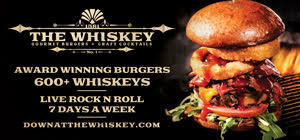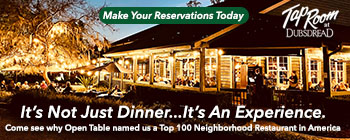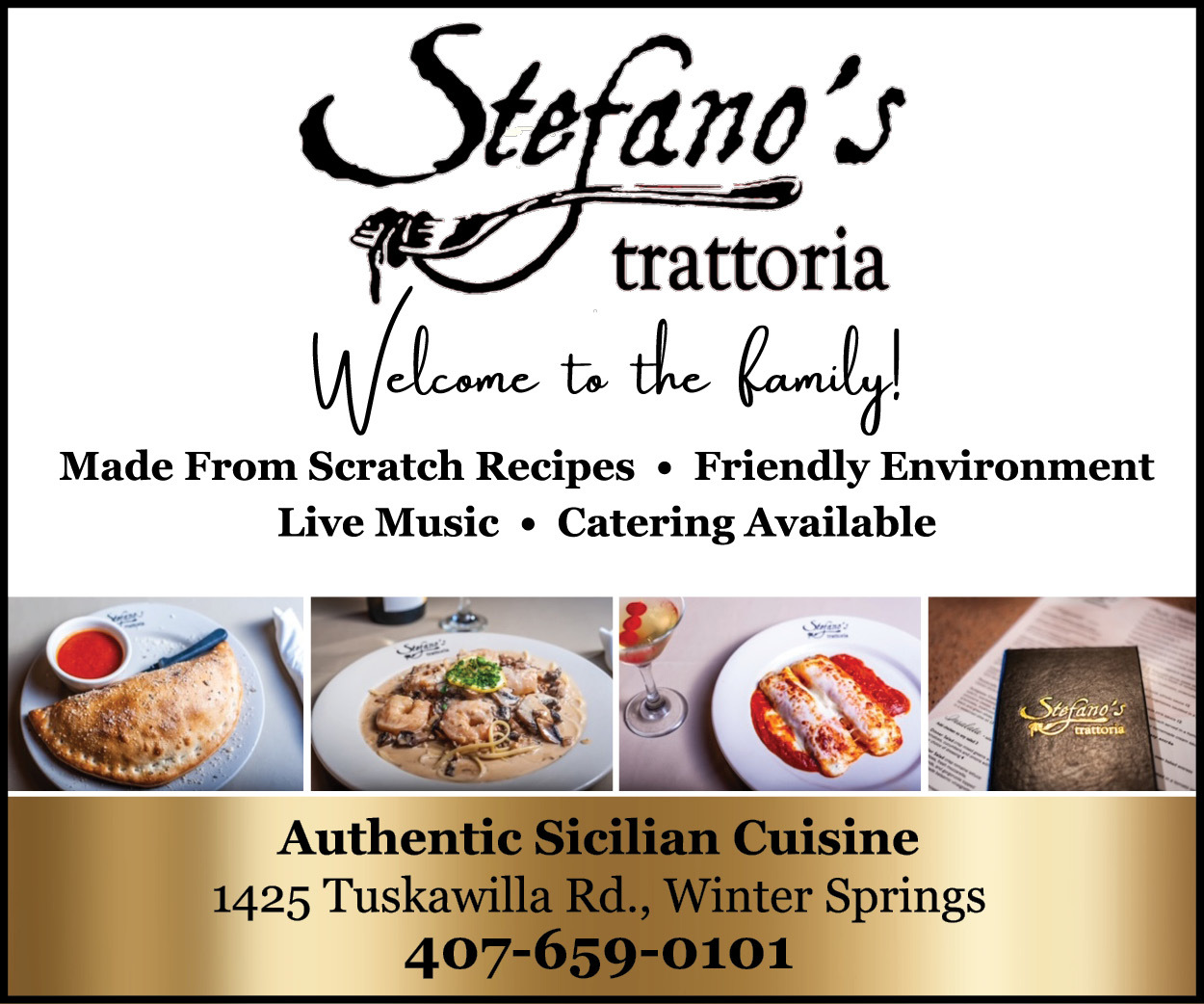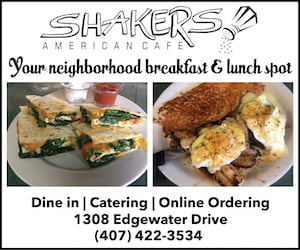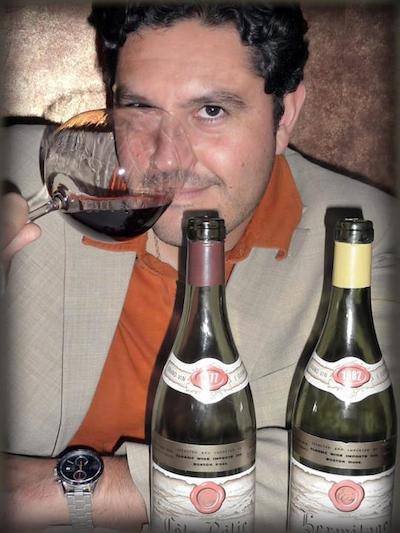 Editor’s note: Please welcome Andres Montoya of The Wine Barn. Andres will be writing about all things wine for the flog. sj
Editor’s note: Please welcome Andres Montoya of The Wine Barn. Andres will be writing about all things wine for the flog. sj
From appearance to finish, age to varietal, region to terroir, oak to steel, Robert Parker to wine Spectator points, these are all words from the world of wine you may have already come across in a restaurant, wine store, or special event. Whether you consider yourself a beginner, advanced, or wine nut, the following Wine 101 facts will help you when deciding on a new bottle, even demonstrate basic wine etiquette at your next business social or special date, and always for your own knowledge and appreciation in the subject of wine.
Grape and Earth. Wine is made of grapes, varying in varietals from all over the world. When a wine smells like vanilla or tastes like raspberries, these are characteristics that come from viticulture to fermentation to aging. No artificial flavors are added to wine. All the amazing descriptions given by connoisseurs and masters of wine come from the winemaking techniques, the region where the grapes are grown, and its terroir which is the soil, rocks, and minerals in the earth under the vineyard.
55 Degrees is the Key. Just like food, wine is meant to be stored properly to avoid “oxidation.” Remember to leave your wine shopping at the end of your to-do list, especially with our humid and hot Florida weather, to avoid letting the wine “toast” in your car. The appropriate temperature for wine storage is 55 degrees Fahrenheit. Even if you don’t have a wine cooler at home, try to keep it in a cool and dark place.
So What is The Swirling All About? Swirling the wine in your glass does have a purpose beyond making you look cool. The appreciation of wine is like the admiration of art, where you want to use all senses to fully enjoy it. By swirling the glass, the increased exposure to oxygen allows the wine to open up, naturally enhancing the aromas and flavors of the wine – that is why sometimes with wine, you have to “let it breathe”!
A Fine Wine Glass. When drinking wine, a finer (thinner) and clearer glass will fully allow the qualities of the wine to show – from color, to palate, and even level of alcohol by observing its “legs.” It is also a good idea to hold your wine glass by the stem and not the cup, it will keep your wine from warming up from the heat of your hands. One small rant about wine glasses – no ice cubes in it! They will dilute the wine and remove all the palate goodness meant to be enjoyed.
Tasting Better With Age. Believe it or not, probably 90% of wine is not meant to age beyond 2 – 5 years. Of course there are world renowned 40, 50, even 100 year old wines that will blow you away. But most wines are meant to be enjoyed while young before turning into vinegar! When choosing your next wine for home or at a restaurant, and especially when choosing white wine, try to stick with the most recent vintage available.
Wine Ratings. If you don’t already know who Robert Parker is you have probably heard of him during a wine discussion. Robert Parker, like many other wine critics including magazines throughout the world, rate wines on a 1-100 scale point system. 100-point wines are for the most part exceptional wines but may not be your personal preference — or your wallet’s. If you enjoy wine and wish to learn more, tasting all kinds of wines is great practice to find out what wines you prefer over others, regardless or points or price.
{jcomments on}


